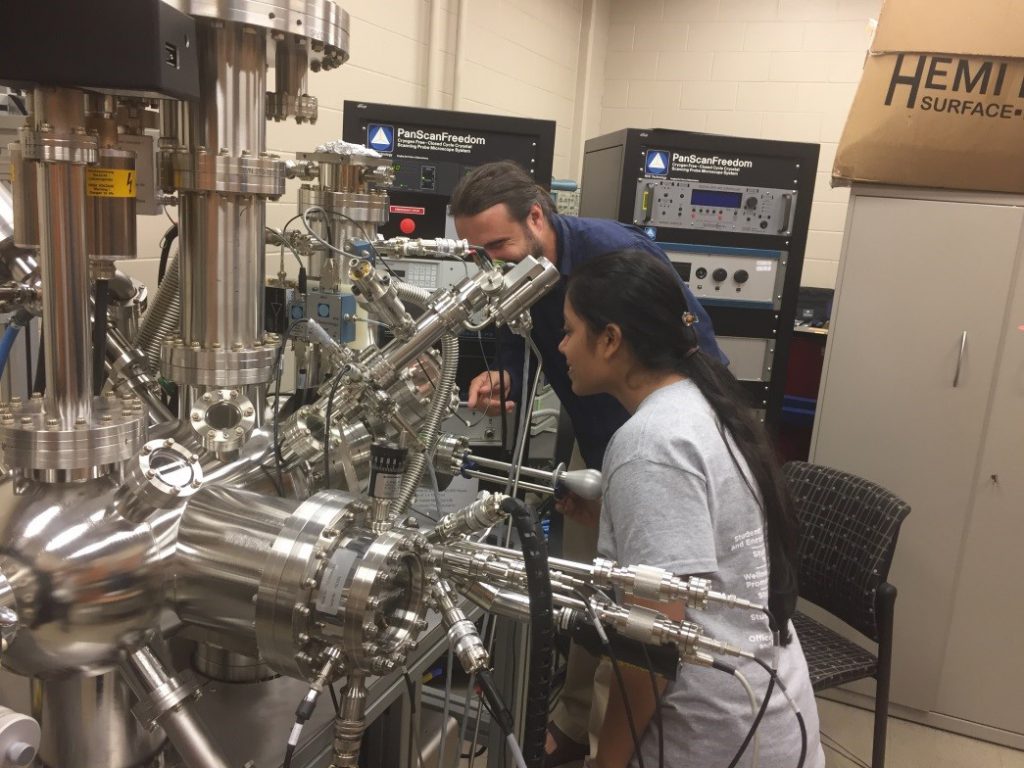Observing the farthest reaches of our solar system takes some time — literally. It takes 4.6 hours for light to travel from this extreme range that houses some of the farthest and coldest places in our solar system. Dr. Noemi Pinilla-Alonso, planetary scientist at the Florida Space Institute at the University of Central Florida in Orlando, spends lots of time collecting this light. Her focus of study is on trans-Neptunian objects (TNOs). As you can imagine, studying this area of the solar system is not as easy as studying something in a lab. While scientists and observers estimate that there could be billions of TNOs, only approximately 3000 have been discovered, and fewer have been studied or observed.
But why take all the time, energy, and resources to explore TNOs at all? A simple reason — they tell us about what we used to be. Since these are some of the most far-reaching edges of our solar system, the materials on the TNOs are pristine, untouched, and largely unchanged from their inception. In this way, “they are like frozen time capsules…waiting for us to unveil their secrets,” Pinilla-Alonso explains. While that might sound a little romantic coming from a scientist, the research and understanding of such bodies are actually quite grounded and close to home.
So, what are TNOs? In short — does anyone remember Pluto? Whether Pluto is or is not a planet is a debate that may not be closed, but what is unquestionable is that it has always been one of the largest members of the trans-Neptunian Belt. Like Pluto, TNOs are thought to be aggregates of ices such as frozen water, nitrogen, and methane, mixed probably with some dark highly processed organic resides that color their surface. All of these ices have been detected on Pluto by means of decades of observations and the successful NASA New Horizons mission, which visited the Pluto system in 2015. Of course, knowing everything would be no fun, and the composition of the surface of most of the TNOs, smaller and fainter than Pluto, remains a mystery. In summary, Pinilla-Alonso says, “We want to see if the smaller TNO’s contain some amounts of ice. We want to know which are the most abundant ices on these bodies. Which materials are responsible for their different colors. How these materials are mixed. We want to know…the recipe to cook a small icy body.”
And how do you do this? Currently, light from a sample size of 59 TNOs is being observed as part of DiSCo, the program led by FSI at UCF. Using a near-infrared spectrograph on board the Webb telescope, called NIRSPec, light from each of the objects is processed. Pinilla-Alonso breaks it down like this: “NIRSpec is going to observe in a part of the light that can’t be reached for TNOs from the earth.” Through this process, scientists and observers can distill the elements that are present on the surface of TNOs, further expanding their knowledge of what makes up these bodies. It’s an exciting time in astronomy in general, particularly when the subject has the hold of public interest. NASA’s James Webb telescope arrived at the perfect time as far as FSI interests are concerned. The thing about studying TNOs with the Webb is its potential as a “discovery tool,” Pinilla-Alonso says. “We have a preconceived notion of what a TNO is based on the knowledge that we have. But our knowledge is limited and the best thing about tools like JWST is that they really are discovery tools. They are going to provide us with many answers to questions that we didn’t even know we had.”
The DiSCo team is formed by 13 researchers all over the world, led by a core team at the Florida Space Institute. Apart from Pinilla-Alonso, this core team is formed by Charles Schambeau and Mario de Pra, assistant researchers; Ana Carolina de Souza Feliciano, Preeminent Postdoctoral Scholar; and Brittany Harvison, UCF graduate student.


